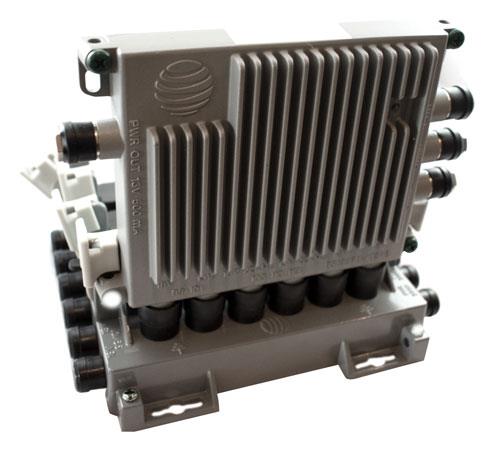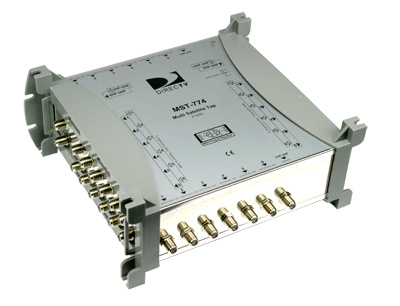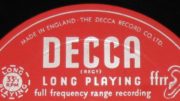Take a good look at the picture above. Does your commercial installation still use the MST-774 powered satellite tap? If so, it’s time to replace it. I would be willing to guess that most MST-774s in the field have already been replaced, but if you’re still holding onto yours, it’s time to rethink your strategy.
What is the DIRECTV MST-774?
The MST-774 is an amplified splitter designed to be used with DIRECTV’s original apartment complex system, called MFH-2. It replaced MFH-1 which used very specialized receivers. MFH-2 was designed to use off-the-rack DIRECTV boxes and SWM-8s which were the top of the line at that time.
MST774 master satellite taps took one set of cables and split them four ways. The signals were amplified so that the loss from a four-way splitter, normally about 7 dB, was eliminated. In this way, the MST-774 could feed up to four FMC-6 chassis modules. Each FMC-6 chassis could feed up to six SWM-8 modules. This meant one set of satellite cables could feed 192 tuners, or 48 apartments using the standard at the time which was four tuners per apartment.
The MST-774 was not out in the field for very long. Amplified splitters are not always the best choice for high frequency transmissions like satellite. There were several generations of new hardware after it was discontinued. One of the most common was the D2Lite box which supplied 32 tuners in a compact form. These could be fed using traditional taps and splitters for a much less expensive solution.
A better way of doing it

The AT&T SWM Expander takes the place of both the MST-774 and FMC-6. Using SWM-30 modules which are similar in size to the old SWM-8, one SWM Expander can fit 6 SWMs, or 104 tuners, in the wall space normally taken up by one SWM. The entire setup is fed by one set of satellite cables, eliminating the need for the MST-774.
If you do need to get the same 192-tuner capacity, you can use simple satellite splitters to feed two SWM expanders for 208 tuners. For more than that, AT&T’s STTAP series taps will help you put SWM Expanders where you need to put them.
This method puts the SWMs closer to receivers and gives you a more power efficient and compact setup. This means that your equipment can more easily fit in more places
Learn how to build large commercial installations for DIRECTV
You don’t need an expensive satellite course when you have The Ultimate Guide to Upgrading Your DIRECTV System. This free white paper will help you build unlimited size DIRECTV systems by putting together simple building blocks including taps, splitters, and SWM expanders. This is the tool that professionals all over the country are using and we give it to you for free. There are even links to the parts you’ll need so all you have to do is add them to your cart at SolidSignal.com.
You owe it to yourself to have this resource on hand, especially if you just walked into an older DIRECTV installation that hasn’t been touched in a while. You probably know that there have been a lot of chances since the days of the MST-774, and it’s easier than ever to get things upgraded to where they need to be.





